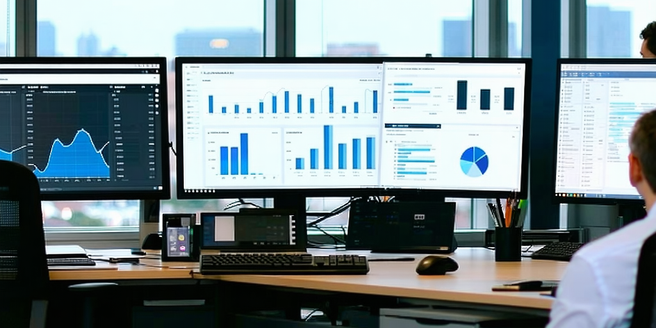Cost Reduction Strategies For Single Tenants

Understanding Your Current Expenses
To effectively reduce costs, single tenants must first gain a clear understanding of current expenses. Begin by meticulously tracking and categorizing each expense, ranging from rent payments and utility bills to maintenance costs. Utilizing expense tracking software can provide valuable insights into spending patterns, highlighting areas that may be ripe for cost reduction. Regularly reviewing financial statements and comparing them against budget projections can pinpoint discrepancies that need addressing. It’s essential to involve all stakeholders in this process, including landlords, to ensure transparency and accuracy. Once a comprehensive overview is achieved, tenants can prioritize which expenses to target for reduction, setting the stage for more strategic decision-making. Furthermore, understanding the expenses in detail can aid in negotiating better terms and conditions during lease renewals.
Identifying Areas for Utility Savings
Utilities frequently constitute a substantial portion of a tenant’s monthly expenses. Identifying areas for potential savings within this category is crucial. Begin by conducting an energy audit to evaluate current consumption levels and detect inefficiencies. Consider retrofitting lighting fixtures with energy-efficient LED bulbs and installing programmable thermostats to optimize heating and cooling. Encourage practices such as turning off lights and equipment when not in use. Additionally, explore incentive programs offered by local utility companies, which can provide rebates or financial incentives for adopting energy-efficient solutions. Regularly monitoring utility bills can help track progress and identify any irregular spikes in usage. Educating everyone in the premises about energy-saving practices not only contributes to reducing costs but also promotes a more sustainable environment.
Optimizing Lease Agreements
Lease agreements offer opportunities for negotiation that can lead to significant cost savings. Prior to signing or renewing a lease, carefully review terms related to rent increases, maintenance responsibilities, and shared expenses. Engage in open dialogue with landlords to negotiate clauses that favor your financial positioning, such as fixed-rate rent increases or maintenance cost caps. Consider leveraging market research to understand prevailing rent trends, which can strengthen your negotiating position. Asking for flexibility on aspects like subletting or shared services can also lead to cost efficiencies. Ensure all negotiated points are clearly documented to avoid future disputes. Regularly reevaluate the terms of your lease agreement and be proactive about seeking adjustments that reflect evolving market conditions or shifts in your business needs.
Leveraging Technology for Cost Efficiency
Integrating technology into business operations can significantly enhance cost efficiency for single tenants. Implementing smart building solutions, such as automated lighting controls and energy management systems, can lead to substantial savings by optimizing energy use. Adopt cloud-based solutions for document management and communication to reduce reliance on physical infrastructure. It is crucial to continuously assess the latest technological advancements to stay competitive in the market. Explore the use of artificial intelligence for predictive maintenance, which can help avoid costly repairs and downtime. Additionally, embracing digital marketing and e-commerce platforms can streamline operations and reduce traditional marketing costs. Technology can also facilitate remote working arrangements, potentially reducing the need for large office spaces. Continuous investment in technology often pays for itself through increased operational efficiencies and cost reductions.
Implementing a Sustainable Approach
A sustainable approach to cost reduction not only benefits the environment but can lead to long-term savings for single tenants. Consider initiatives such as waste reduction programs, recycling efforts, and sourcing products from sustainable suppliers. Implementing green building practices, such as improved insulation and water-saving devices, can lower utility costs. Participation in sustainability certifications can also open doors to potential incentives or grants from government bodies or environmental organizations. By investing in these practices, tenants may see a return on their investment through lower expenses. Additionally, fostering a culture of sustainability within the organization can yield behavioral changes that contribute to reduced consumption and wastage. Sustainable practices can enhance the tenant’s brand reputation and appeal to like-minded clients and customers who value environmental responsibility.